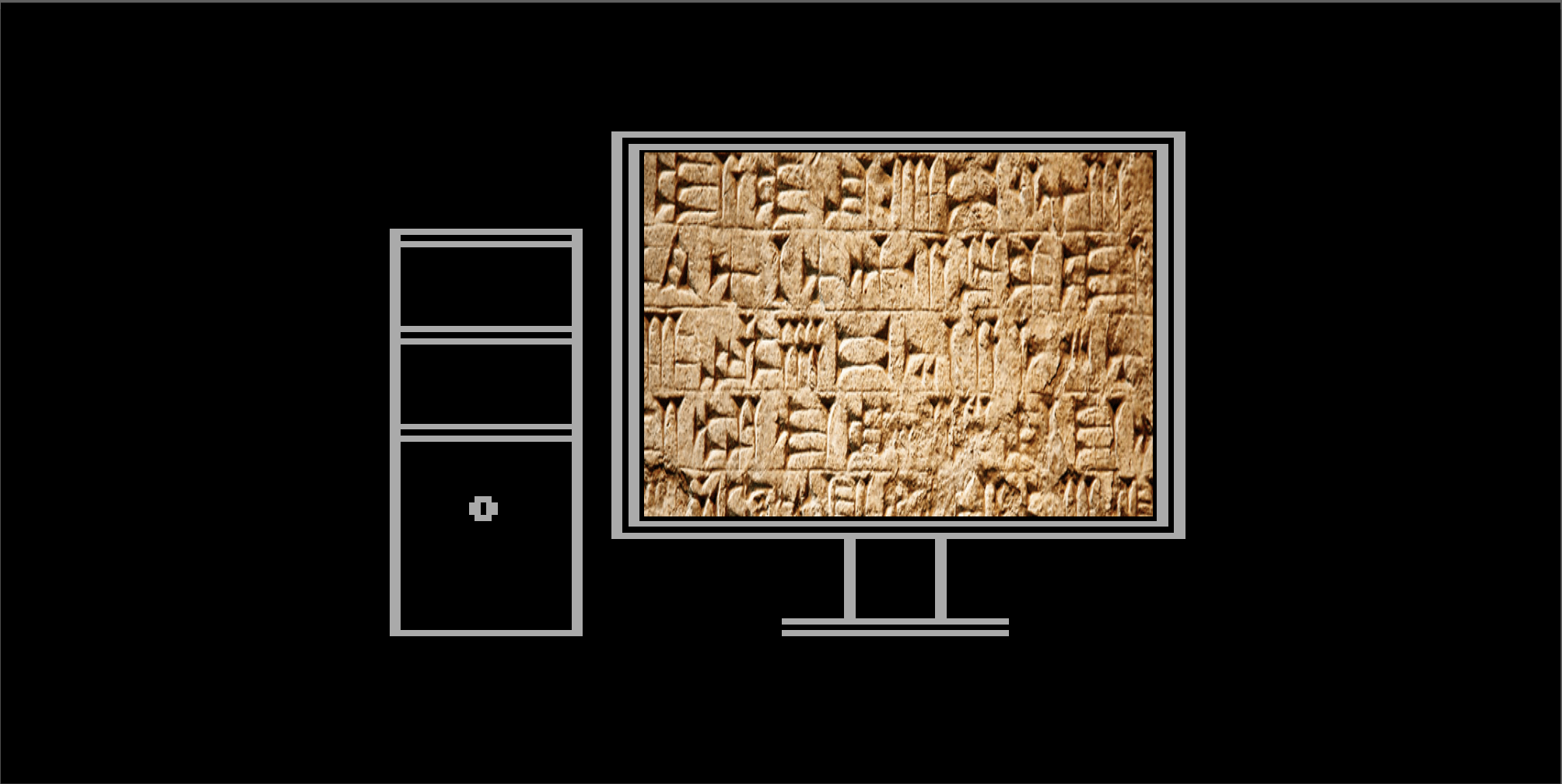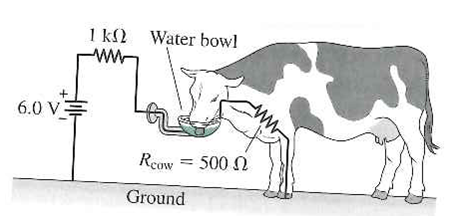Tag Technology
by guest contributors Sara Mohr and Edward C. Williams
By guest contributor Nicole Welk-Joerger In September 2016, Sadie Frericks, a Minnesota dairy farmer, recounted a moment in Hoard’s Dairyman when she and her husband noticed their heifers were trying to tell them something. She noted that the heifers “wouldn’t stop… Continue Reading →
By guest contributor Adrian Young One can hardly imagine a more audacious ambit for a museum exhibit than that of the Staatlische Museen zu Berlin’s new show, Alchemy: the Great Art, now at the Kulturforum. In the curators’ words: “Alchemy… Continue Reading →
by guest contributor Jamie Phillips Rare the conference attracting a crowd on a cold December Saturday morning, but such happened recently at NYU’s Remarque Institute. Space filled out early for the conclusion of a two-day conference on Cybernetics and the… Continue Reading →
by guest contributor William Stewart Consider the oeuvre of the German filmmaker, writer, theorist, and general aesthete Alexander Kluge (b. 1932), and the word indefatigable springs to mind. The scale of Kluge’s work—thematics as much as sheer expanse and literal… Continue Reading →
by guest contributor John Pollack ‘Tis the season. Not that season—but rather, the curious period in the United States between the holidays of “Columbus Day” and “Thanksgiving” when, at least on occasion, the issues confronting America’s Native peoples receive a… Continue Reading →
by guest contributor Elizabeth Everton In a 2009 interview, Twitter’s founder, Jack Dorsey, drew upon the dictionary definition of “tweet” – “a short burst of inconsequential information” – to characterize his creation. Ten years after Twitter’s inception, few would persist… Continue Reading →
by contributing editor Carolyn Taratko In late May, President Obama laid a wreath at the Hiroshima Peace Memorial, making him the first sitting U.S. President to visit the city that was the target of the first atomic bomb on August… Continue Reading →



